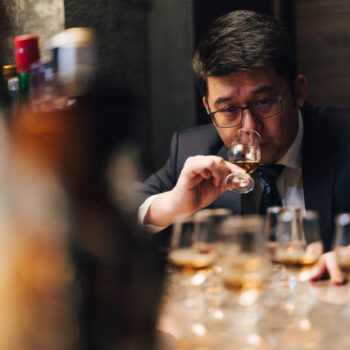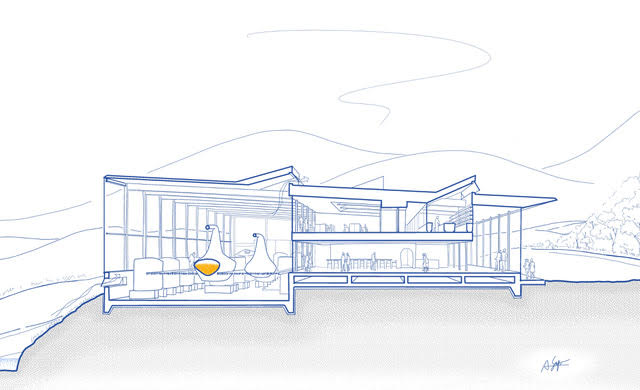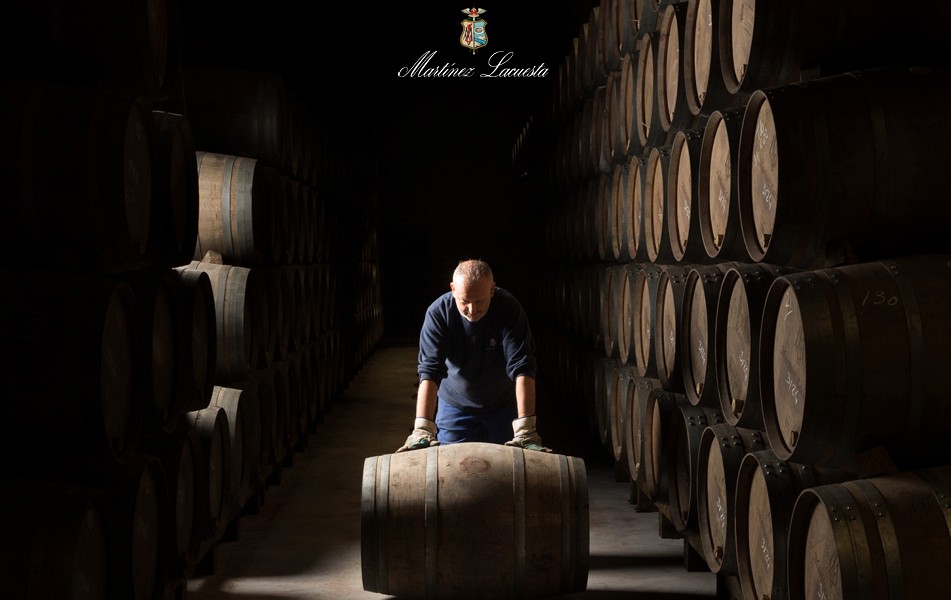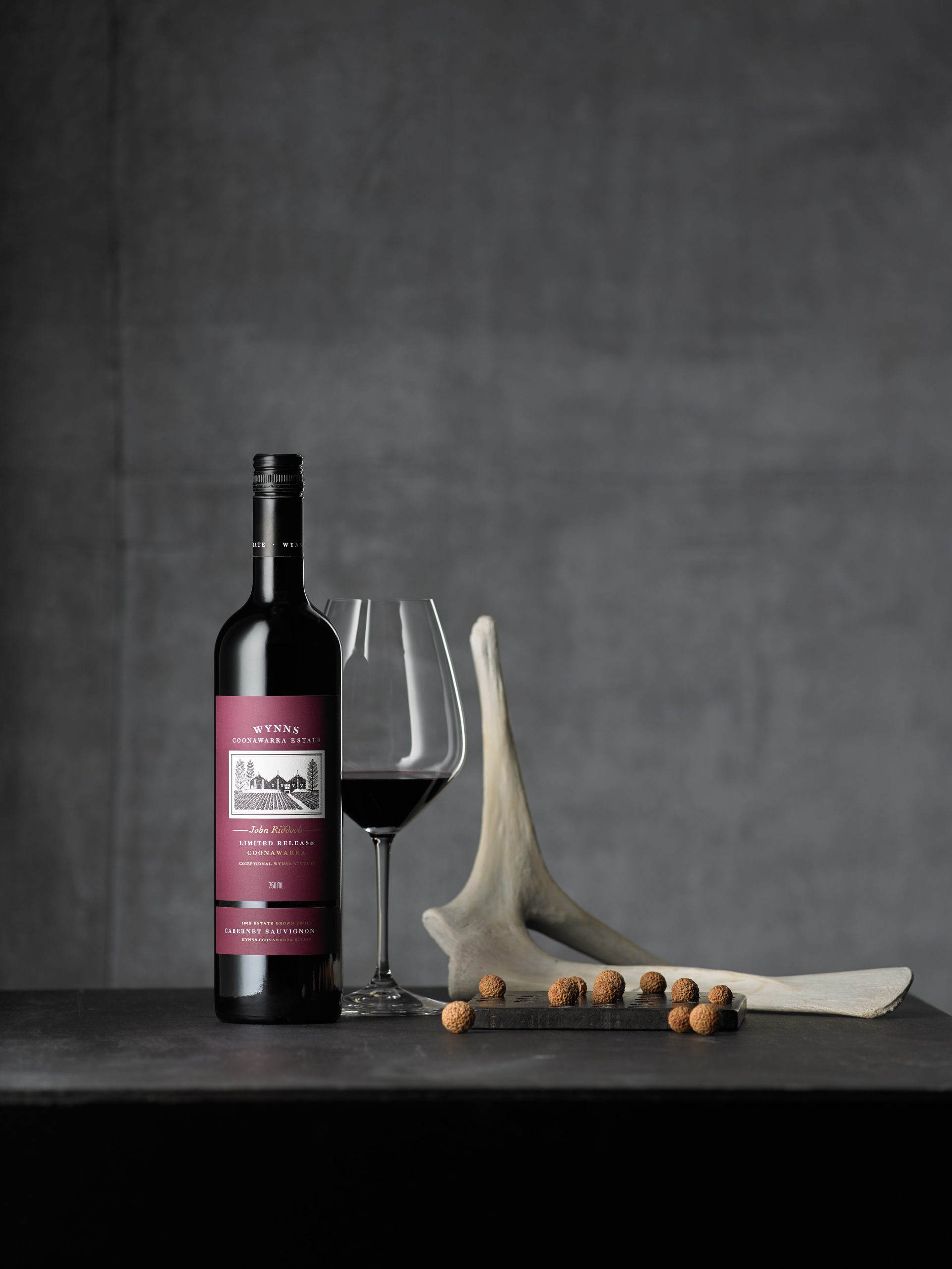New rules governing Japanese whisky production ‘long overdue’
Rules to regulate the production of Japanese whisky come into force on April 1, with producers no longer able to label malts blended with world whiskies as ‘Japanese’ and marking the “dawning of a new era” in the evolution of Japanese whisky.

Last month, as reported by the drinks business, The Japan Spirits & Liqueurs Makers Association issued a new set of labelling guidelines for Japanese whisky “in order to contribute to the appropriate selection of whisky products by consumers in Japan and abroad, and to thereby protect the interests of consumers, ensure fair competition, and improve quality.”
The new rules compel distillers to ensure that their blends labelled as ‘Japanese’ or ‘Nihon’ only contain malted grains with water used in production sourced from Japan. Production, including saccharification, fermentation and distillation, must take place in Japan, achieving a spirit with a maximum ABV of 95%.
The spirit must then be aged in wooden casks no larger than 700-litres and matured in Japan for at least three years. Bottling must also take place in Japan, with a final alcohol content of at least 40% ABV. Plain caramel for colouring is also permitted.
The rules also extend to labelling, preventing the use of a Japanese flag and names of famous Japanese people, cities, regions, places, mountains and rivers unless the whisky adheres to the above criteria.
While the rules will only bind those distillers who are members of The Japan Spirits & Liqueurs Makers Association, this includes the vast majority of distillers operating across Japan, including big brands such as Yamazaki, Suntory and Hibiki. However non-member distillers could continue to flout the rules.
Thus far, there has been no mention of penalties for breaking the rules, and it’s not been written into Japanese law – it’s only applicable to members of the Association.
There are further hurdles to overcome until Japanese whisky is upheld to the same standards as say Scotch whisky, but the regulations are are positive step. Newly founded Karuizawa Distillers Inc is just one distiller that has welcomed the regulations “with open arms”, ahead of the launch of its Komoro Distillery, which will be headed up by master blender Ian Chang, formally of Kavalan and now vice president of Karuizawa Distillers.
Consumers will ‘no longer be misled’
“We knew that they were ‘in the works’ and believe they are long overdue,” says Chang, speaking to the drinks business. “They can only be very beneficial to both consumers and producers to ensure the authenticity and protection of true ‘Japanese whisky’.”
“The main thing is that the consumer will soon be given the correct and honest information on the label and will no longer be misled, whether it was intentionally or not.”
Previously, the ‘loose’ definition of Japanese whisky meant that distillers could label a bottle ‘Japanese’, even if it contained a very low proportion of spirit produced in Japan.
Some whiskies produced by Nikka for example do not meet the new criteria as they are blended with Scotch malts, a practice it will continue to ensure consistency of blends. It will no long be able to label these bottles “Japanese whisky”, but has promised to immediately differentiate between those bottles that don’t adhere to the new rules. Those whiskies include Nikka Whisky From the Barrel and Nikka Days.
Partner Content
“The tradition of buying whisky from Scotland and Canada, for example, and blending them with Japanese product stretches back a long way in time,” explains Chang. “It had become acceptable and a regular practice by many Japanese companies. I don’t think it occurred to them soon enough that what this was doing was ‘cheapening’ and weakening the perception of Japanese whisky, particularly in the global market. I also think the dawning of a new era, with more and more new, smaller distilleries being set-up has helped shine a light on this practice and reveal it as less than ideal.”

Practically speaking, having access to Scotch blends has allowed Japanese distillers to more easily keep up with growing demand for its malts and increase its production. Globally, Japanese whisky posted a +11.4% volume CAGR 2014-2019, according to the IWSR. While its analysts forecast that the category will grow a further 3.8% CAGR over 2019-2024. In the UK, Japanese whisky sales were up 16.4% CAGR 2014-2019, and are expected to grow at +1.5% CAGR over 2019-2024.
In preventing the blending of Japanese whisky with world whiskies, Japanese whiskies will become even more limited, which Chang believes will only serve to further the reputation and success of Japanese whisky on the international and auction market, as genuine Japanese-made whiskies become “even rarer and more precious” over the next 15-20 years.
Most recently, in August 2020 Bonhams Hong Kong broke a new record for the most expensive single bottle of Japanese whisky sold at auction. A bottle of Yamazaki 55 Years Old sold for HK$6.2 million (£605,244), establishing a new world record for a single bottle of Japanese whisky sold at auction.
In November 2020, Bonhams Hong Kong reported the sale of Hanyu Ichiro’s Full Card Series for sold for HK$11.9 million (£1.1m), smashing its pre-sale estimate of of HK$6.38m-HK$9.78m. The previous record for a set of the Japanese distiller’s collection was HK$7.19m (US$917,000) set in August 2019 during a Bonhams Hong Kong sale.
‘Bright future’ for Japanese whisky
While the release of its first malt is still years off (distillation is expected to begin in 2022), the newly-formed Karuizawa Distillers aims to “make the best Japanese single malt whisky, in the most environmentally friendly way possible”. Construction of its Komoro Distillery will begin this year at 910 metres above sea-level at the base of Mount Asama.
Designed by architect Akira Sogo, it will comprise a contemporary distillery, visitor centre and a world class ‘whisky academy’. Chang will manage the full production process including a wood maturation programme utilising Mizunara Japanese Oak as well as STR (which stands for shaving, toasting and re-charring, a process pioneered by the late whisky consultant Dr Jim Swan and Chang’s mentor) and Sherry casks.
“It is a fascinating time for our industry in Japan,” says Chang. “More and more distilleries and characters entering the market-place can only be positive. I cannot see a time where Japanese whisky, especially now being protected by the new regulations, will not be held in the highest esteem. As long as the quality is maintained and we constantly strive to produce the best whisky we can, the future is really bright for Japanese whisky.”
The new standards will come into effect from 1 April 2021 and producers have until 31 March 2024 to ensure they comply with the new rules.




